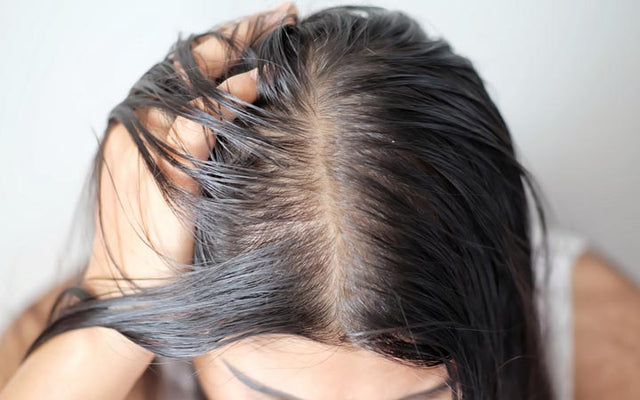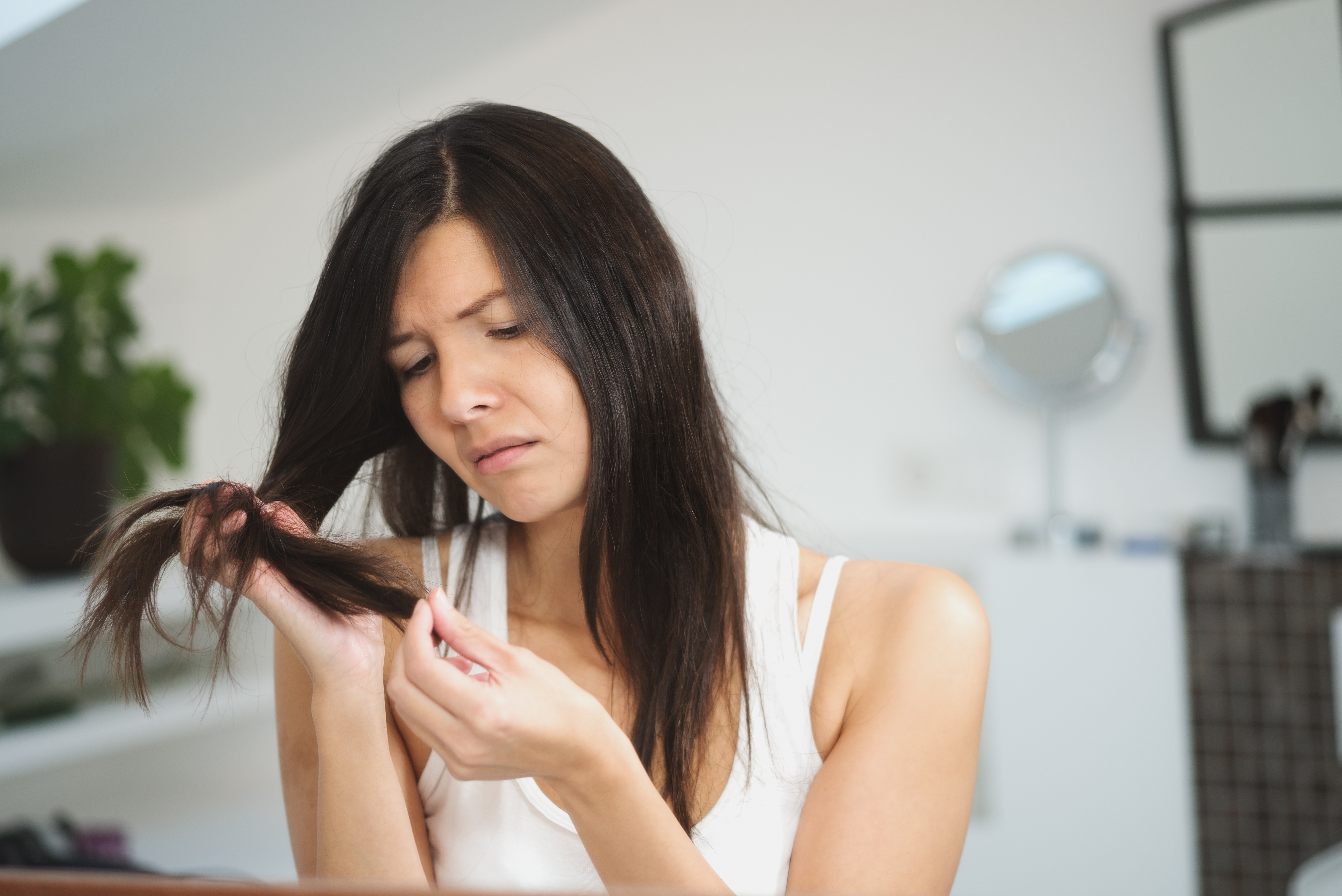Greasy hair after washing: Causes, treatment, and prevention
Table Of Content

Certain brands will offer storage solutions, including bags, cork containers, metal containers and self-draining bar storage. What you use to store your shampoo bar is up to personal preference. Melanie Rud is a contributing writer for Byrdie, where she covers all things beauty—from buzzy ingredients to acne advice. Lindsay Colameo is a seasoned freelance beauty writer and editor with over a decade of experience.
What is the difference between a hair gloss and hair glaze?
Shampoos For Fine Hair 2024 - Forbes Vetted - Forbes
Shampoos For Fine Hair 2024 - Forbes Vetted.
Posted: Mon, 22 Apr 2024 16:48:00 GMT [source]
Vitamin B5, prickly pear extract, and rice bran penetrate strands to strengthen from the inside out while smoothing flyaways and nourishing the scalp (which we especially love in the dryer winter months). It strikes the perfect richness that leaves hair looking noticeably silkier without feeling greasy or coated. As counterintuitive as it may seem, an oily scalp with dry ends is indeed a thing. As such, we recommend using L’Oréal Paris Elvive Hyaluron Pure Oil Erasing Serum to address each concern in one fell swoop.
Try using dry shampoo in between washes.

One of the most popular natural remedies out there, you don’t need much of it, as too much can be harsh on the scalp and hair. Styling products with silicone or excessive moisture are the enemy, just like those fiery styling tools that turn up the greasiness dial. As we mentioned, your diet might be the culprit in causing your glands to make more skin oils.
Davines OI Conditioner
To narrow down your search, our experts recommend taking a closer look at the labels for ingredients like salicylic acid, tea tree oil and apple cider vinegar, which help control excess sebum and clear the scalp. On the flip side, Dr. Isafhan says to avoid silicones, heavy oils, butters, sulfates and fatty alcohols (i.e., cetyl alcohol and stearyl alcohol), as they can encourage more oil production and weigh down your locks. On that note, you’ll want to wash your hair with a clarifying cleanser once a week. “Incorporate a clarifying shampoo or a cleansing conditioner into your weekly routine to remove product buildup and excess oil,” says Kim. Just be careful not to overuse it, as it can strip the hair of moisture (remember, oily doesn’t equal hydrated, and vice versa). “L’Oréal Professionnel Curl Expression for curly or coily hair has an amazing clarifying shampoo that can be used for all hair types and textures,” she says.
Rice Water Conditioner Bar for Hair Growth
After evaluating each formula's ingredients, benefits, effectiveness, and value, we narrowed it down to these 19 options worth buying. For Black people with seborrheic dermatitis, the American Academy of Dermatology Association recommend alternating every other day with dandruff and regular shampoo. If scaly patches are also present, a person may have seborrheic dermatitis. Seborrheic dermatitis is a common skin condition and can cause scaly, greasy patches on the scalp and skin. Believe it or not, there is a right way to shampoo your hair, and it involves giving your scalp a thorough scrub while you wash. This can give the shampoo a better chance at lifting away the grime on your roots and scalp, something a quick rinse may not manage.
On a final note, anecdotal accounts by primary care physicians seem to support the link between graying and stress. These physicians often notice that people who are stressed for two or three years straight tend to go gray. Similarly as countless people have noticed, U.S. presidents, who spend several years doing a highly stressful job, also tend to go gray. Although processes controlling the gradual graying of hair are incompletely elucidated, various hypotheses have been suggested. Here are six of these hypotheses, which attempt to explain the gradual loss of melanin pigment that results in graying. Melanin is produced by melanocytes in the hair follicle and synthesized and stored in organelles called melanosomes.
If your roots get extra greasy, however, Friedman says the trick is to apply dry shampoo immediately after you've washed your hair. However, just because your hair is greasy, that doesn’t mean your strands can’t get dry. “It’s also possible to suffer from oily roots and dry, chemically damaged ends,” says Paul Labrecque, creative director, master stylist, and colorist with Paul Labrecque Salon and Skincare Spa. Thus, having greasy hair doesn’t mean you shouldn’t condition or use hydrating products; you just need to use them properly. In some cases, you may need a little extra help to get an oily scalp under control.
Billy Madison may have famously debated whether shampoo or conditioner is better—remember the bathtub scene with the battling bottles? Sure, shampoo does the cleansing, but conditioner is paramount for reintroducing lost moisture. And more moisture equals strands that look smoother, shinier, and healthier, not to mention much easier to comb through. So think of conditioner as shampoo's unfailing sidekick, a must-use any time you wash your hair.
Take care of dandruff.
These ingredients are those that aren’t typically found in the diet, such as minoxidil and plant-based compounds. Also, consider avoiding formulations that contain additives that might irritating to the scalp and inadvertently cause dryness or itchiness, such as harsh chemicals, dyes, and fragrances. Instead, seek out those that have been dermatologist-tested, says Dr. Shaver. If you’re new to solid shampoo and looking to try it out, we spoke to experts about the benefits of a shampoo bar and how to shop for the best one for your hair.
If you simply want added shine in between appointments, this clear gloss is gentle and formulated for color-treated hair. Lactic acid helps remove any buildup that can dull your hair and seals the cuticles for that soft, shiny feel you can’t stop touching. Too heavy or too rich of a formula can weigh things down, leaving already thin hair looking flat or limp. This product isn't technically a conditioner, but you can use it in place of one. The water-like formula penetrates the hair cuticle to add nourishment and leaves a mirror-like shine in its wake. According to the brand, it works its magic in just eight seconds, so you can rinse it out almost as soon as you put it on.

What we can help, though, is changing up certain things we do throughout the day that might be making things worse. Witch hazel can relieve itching, close oil-producing pores, and reduce inflammation caused by dandruff, pH imbalance, or other scalp disorders. This probably goes without saying, but sweating spreads oils and can leave your hair looking less than fresh. Try to schedule your shampooing around your sweatiest workouts to get the most out of each wash. A 2002 study found that antibacterial tea tree oil improves dandruff, reduces itchiness, and improves greasiness.
The cause of your greasy scalp plays a huge role in how you should treat it. If you're certain your oil production is being heightened by your own routine, you can actually "train" your scalp back to normal. "Finding the right shampoo and using the right products will help to control [oil production]," says New York City hairstylist Erickson Arrunategui. Nevertheless, when it comes to sebum, you can have too much of a good thing, especially if you have fine or straight hair that doesn't require as much moisture as thick or curly hair. There are a few key reasons why someone might have a perpetually oily scalp, one of which is shampooing too often or using a shampoo that's too clarifying (maybe even a combination of the two). "We all produce an oily substance called sebum on our skin through our oil glands, otherwise known as our sebaceous glands," says New York City board-certified dermatologist Charlotte Birnbaum.
Comments
Post a Comment